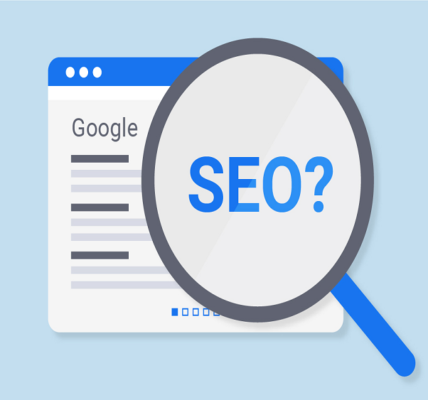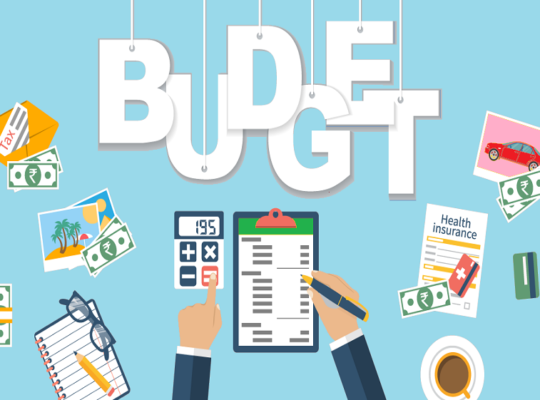You already know that the use of digital media is booming. A 2018 report found that an adult user spends an average of nearly 5.9 hours there per day — computer, phone, or connected device.
In a way, this addiction to screens is frightening. However, for businesses, it offers the ability to proactively drive brand awareness to these always-on customers.
This is exactly where a digital marketing strategy comes in. “Your digital marketing strategy is a series of actions that help your business achieve its goals through carefully selected online marketing channels,” said Elissa Hudson, HubSpot’s Marketing Director for Australia and New Zealand. .
Let’s be honest — crafting your own digital marketing strategy is no small feat. So let’s break the whole process down, starting with a definition of digital marketing. We will see why the latter is essential, as well as examples from which to draw inspiration.
Why do you need a digital marketing strategy?
Here’s the short answer: like in any other business, a general strategy serves as a roadmap and maximizes the effectiveness of your efforts. This way, you can make choices with a goal in mind, rather than wasting your energy implementing random ideas.
This is especially important in the field of digital marketing, where many types of efforts are involved. What are the types of digital marketing? Digital marketing includes:
- content marketing;
- email marketing;
- search engine marketing (SEM);
- referencing (SEO);
- pay-per-click (PPC) advertising;
- social media marketing;
And what is the main objective of a digital marketing strategy? This brings all these aspects together into a cohesive and stable plan, which can save you time, energy and money.
How to create a digital marketing strategy?
This all sounds great, right? But now it’s time to tackle building your own digital marketing strategy.
To get started, let’s outline 5 simple steps that will get you on the right track. These steps represent the basic framework of your digital marketing strategy.
1. Understand your audience
Before you can promote your products and services, you need to understand exactly who your target audience is. That’s why the first step is to discover your current audience.
1. There are many ways to do it, here are the most common and effective:
2. statistics (from your website, email marketing platform and social media accounts);
3. surveys and forms for leaving feedback;
4. conversations with your sales department and customer support.
These actions alone will give you valuable information about your customers, their goals, their pain points, and how your business is meeting their needs.
From this information, you can build multiple buyer personas to more easily remember who your marketing efforts are aimed at and target your messages accordingly.
2. Define your goals
Your overall marketing strategy should be tied to a higher goal, something more specific and motivating than “to promote the business” or “to increase the number of customers”.
One of the best ways to define your marketing objectives is to use the SMART approach . This acronym stands for:
- Specific _
- Measurable _
- reachable _
- R ealistic
- Time -definite
Each letter will help you set goals that provide enough context to continually move in the right direction. For example, a SMART digital marketing goal might look like this:.
If you want to try something different, you can also define objectives and key results associated with your marketing actions to make them as impactful as possible.
3. Evaluate your past actions
Strategizing is a daunting task and it can easily feel like you have to start from scratch, but that’s usually not the case. You’ve already done some marketing (even if it was very limited), which means you’re already on your way.
Analyze your past actions to identify what has or hasn’t worked for you so far. You will then better understand what to focus on.
It’s also a great opportunity to gather content and other resources — from social media graphics to nuggets of information — and then reuse them so you don’t have to constantly reinvent the wheel. For example, a quote from your previous blog post can be used in an Instagram po









